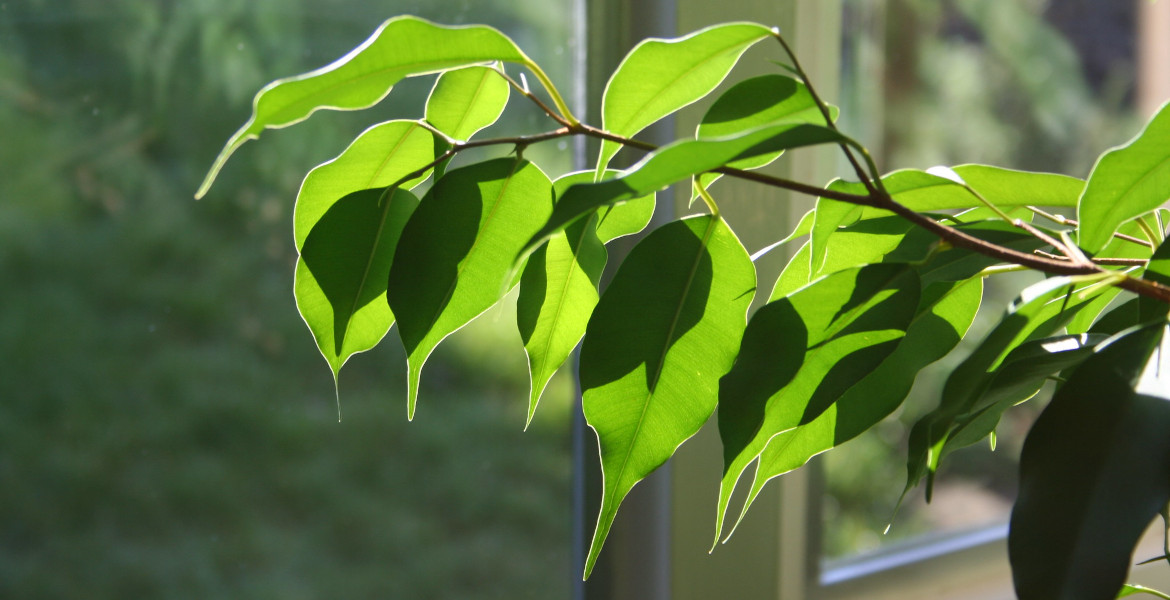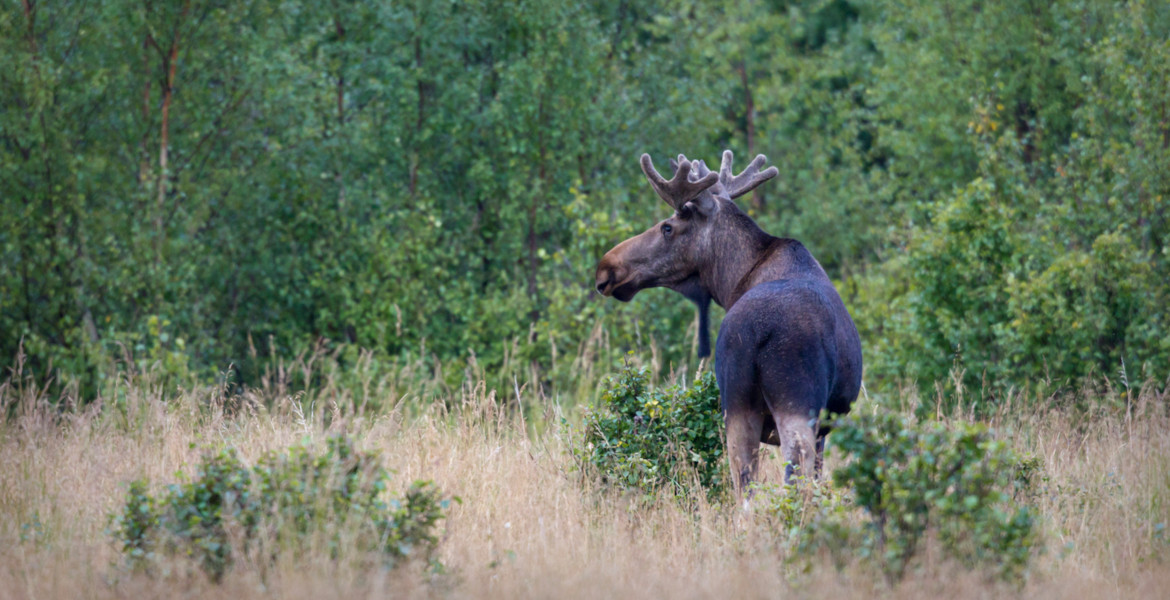A wild orangutan in Indonesia has been using a healing plant for wound treatment, according to researchers. The orangutan was observed repeatedly treating a facial injury.
In the study, published in Scientific Reports, cognitive and evolutionary biologists from the Max Planck Institute of Animal Behavior, in Konstanz, Germany, and Universitas Nasional, in Indonesia, state that they have evidence that the animal used active wound treatment.
Rakus, a wild male orangutan, had received a wound on his face, probably after a fight with another male. Three days after the injury, Rakus began taking leaves from a liana plant called Akar Kuning (Fibraurea tinctoria), chewing for a while, then spitting out the leaves and applying the juice to the facial wound. As a final step, the male covered the wound with the leaves.
– This and related liana species that can be found in tropical forests of Southeast Asia are known for their analgesic and antipyretic effects and are used in traditional medicine to treat various diseases, such as malaria, says scientist Isabelle Laumer, according to Phys.org and continues:
– Analyses of plant chemical compounds show the presence of furanoditerpenoids and protoberberine alkaloids, which are known to have antibacterial, anti-inflammatory, anti-fungal, antioxidant, and other biological activities of relevance to wound healing.
ATENCIÓN: Noticia más importante del día.
Un orangután de Sumatra llamado Rakus sufrió una herida en la mejilla derecha. Lo que tiene sorprendidos a los científicos es que después de que esto sucediera, el orangután empezó a aplicarse una planta medicinal, cuya eficacia está… pic.twitter.com/raUQmY1Vj3
— Somos Cosmos (@InformaCosmos) May 3, 2024
"Common underlying mechanism"
Rakus rested more during the days he was injured and after five days of treatment the wound was healed. Laumer believes that Raku's behavior seemed intentional as he did not treat any other body part and repeated the time-consuming routine several times. Orangutans also rarely eat the plant.
The behavior has not been observed before, but scientists speculate that it is a behavior from Raku's natal area, as his origin is unknown.
– Orangutan males disperse from their natal area during or after puberty over long distances to either establish a new home range in another area or are moving between other's home ranges, says Schuppli. Therefore, it is possible that the behavior is shown by more individuals in his natal population outside the Suaq research area.
Previous observations have shown that a chimpanzee group in Gabon applied insects to wounds, but this is probably the first report of active and innovative wound treatment in a great ape. Researchers believe it provides new insights into the prevalence of self-medication in monkeys.
– As forms of active wound treatment are not just human, but can also be found in both African and Asian great apes, it is possible that there exists a common underlying mechanism for the recognition and application of substances with medical or functional properties to wounds and that our last common ancestor already showed similar forms of ointment behavior.












